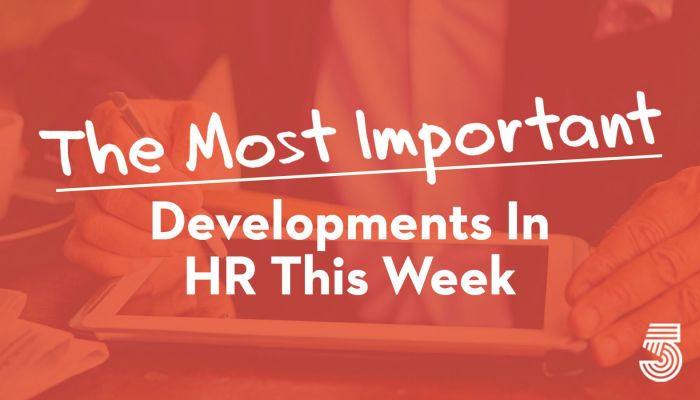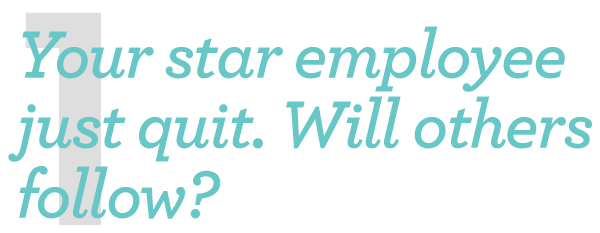
Movement of talented employees across firms is inevitable, but if you’re in a leadership role, there are things you can do when a star employee leaves to prevent their departure from becoming a stampede to the exits. Perhaps the most important thing you can do when someone leaves is to listen — carefully. Start by conducting an exit interview with the person departing to find out what factors led to their decision. Probe a little to understand any concerns — even if someone is leaving to take on a great opportunity at another firm, there may still be some dissatisfaction lurking in the wings that’s leading other people on the team to cast a wandering eye at other jobs. Then, take the pulse of the rest of your team. Ask how they think the departure of their colleague will affect morale. If you picked up concerns from the exit interview, weave them into the discussions to find out if those concerns are widespread. Just the act of talking with people can reassure them that you care about how well the team is functioning. HBR
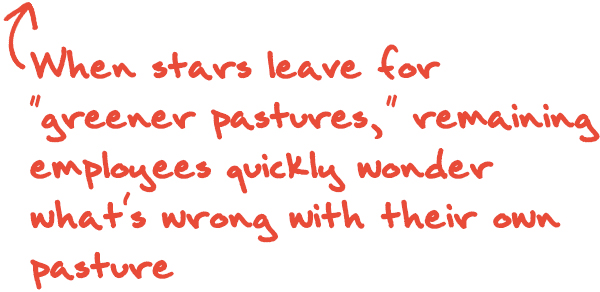

Since 2004, Google engineers get to spend 20% of their time pursuing projects of their own creation. And this experiment has produced incredible results. Over 50% of Google’s largest revenue-generating products have come out of “20% time,” including AdSense, Gmail, Google Maps, Google News, Google Earth, and Gmail Labs. But it wasn’t Google who invented this practice. They actually borrowed it from 3M, whose own “15% rule” dates back to 1948. 3M engineers get to spend 15% of their time pursuing projects of their own devising. Post-it Notes originated from 15% time back in 1974. This one product consistently generates over $1 billion a year in revenue, annually putting the company $750 million in the black, which is quite an upside for its investment in autonomy. It’s for this same reason that today Facebook, LinkedIn, Apple, and dozens of other companies have instituted autonomy programs of their own. Fast Company
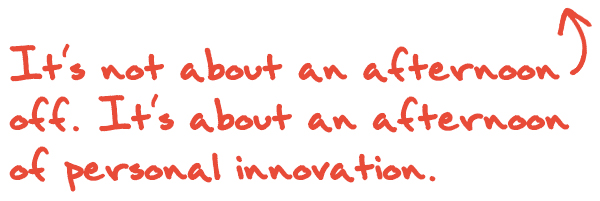
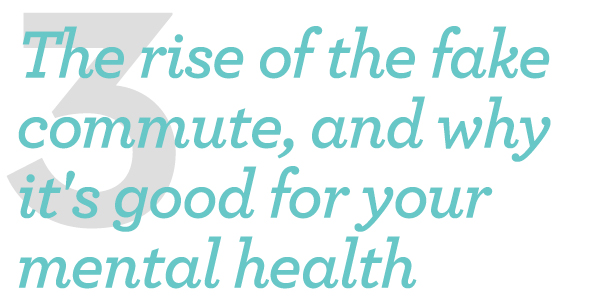
If the blur between work and home is still a struggle, mimicking your route from the Before Times may be the solution you need. For many people, commuting to work can be the worst part of their day. For others, however, commuting may have been a ritual that was critical for their mental health and work-life balance. Enter the rise of the “fake commute,” wherein people replace that daily transition with walks, runs, bike rides, and more. Commutes are forced pauses that signal the time to transition from one’s work identity to another identity, such as parent, spouse, or friend, said Ravi S. Gajendran, an associate professor at Florida International University’s College of Business. “Working full time from home during the pandemic makes it difficult to transition between work and home roles,” he said via email. CNN
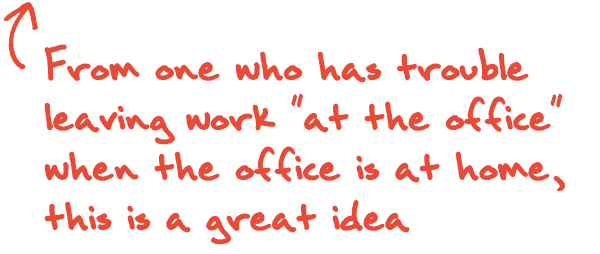
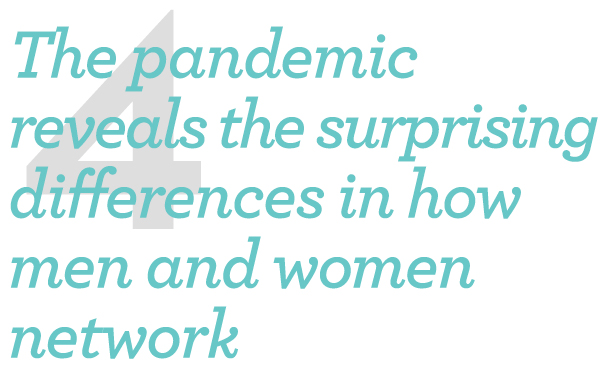
Caili Elwell is living her best life, despite the pandemic. She runs a brand studio, just moved to Maine and is president-elect of a design networking group. She spends her days on Facebook and Instagram chatting with fellow “mompreneurs,” as she calls them. Some turn into clients and others become friends and referrals. Her husband Douglas, on the other hand, views social media as a way to catch up with family or existing friends versus networking among strangers. For him, “Facebook is something to decompress. He’s the textbook definition of an introvert,” 29-year-old Caili Elwell says. “I consider it a form of an accomplishment if I can get someone to respond to a cold reachout. He doesn’t like doing that.” The husband-and-wife pair is a classic case in how men and women are networking very differently through the pandemic. Yale management professor Marissa King is author of the new book, “Social Chemistry: Decoding the Patterns of Human Connection.” Initially basing the work on pre-pandemic research, she revisited subjects after the lockdown and made a stark discovery: Networks had shrunk by 17% — almost entirely among men. Fortune
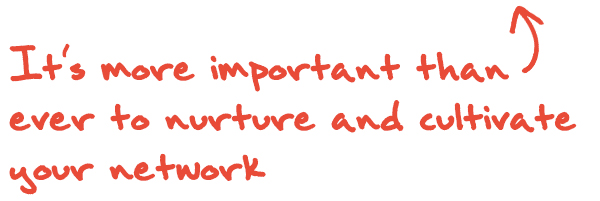
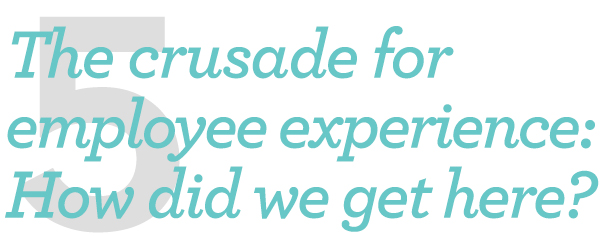
Employee Experience has become a crusade. Every HR and IT department is focused on it, and the marketplace has exploded. In fact, if you total up the tools spent on surveys, feedback, case management, knowledge management, and portals it’s well over a $15 billion market today, and it leverages more than $200 billion in training, well-being, and other benefits spending. How did we get here? Well it has been a journey, so let me give you some perspective. Employee Experience (now called EX, to compare with CX, Customer Experience) is a company-wide initiative to help employees stay productive, healthy, engaged, and on track. It’s no longer an HR project. It is now an enterprise-wide strategy, often led by the CHRO in partnership with the CIO. And it deals with all the day-to-day issues employees face at work. EX is now an “active strategy.” You should define and design your Employee Experience, not just monitor it. The CEO should think about EX as one of the most important design issues in the company. Done well, the EX program drives employment brand, productivity, engagement, retention, and customer success. (When employees aren’t productive, customers aren’t happy.) Josh Bersin







